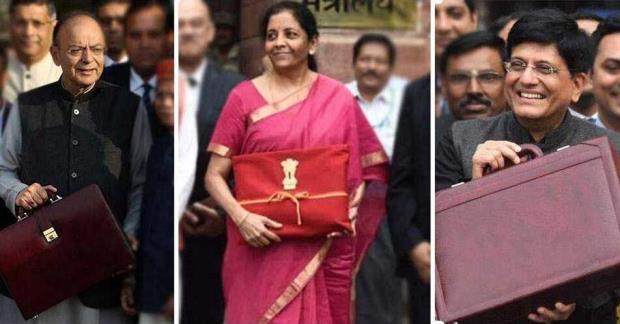Union Finance Minister Nirmala Sitharaman is all set to present the Union Budget for the fiscal year 2023-2024 tomorrow, February 1 (Wednesday). This budget is crucial in multiple regards and is being looked upon as the much-needed measure to fix the challenges posed ahead for the economy and to bolster India’s ambitious $5 trillion economy dream.
The budget which is formally addressed as the ‘Annual Financial Statement’ will allocate funds for different sectors to ensure all-around growth and will seek to meet India’s annual growth rate as estimated through the economic survey.
Meanwhile, if the historical context of the budget is to be taken into account this is set to be India’s 74th annual budget and 9th coming under Narendra Modi’s regime. Over the due course of time ever since securing the historical mandate back in 2014. BJP’s government has been criticized for lop-sided and arbitrary calls that have shaken the Indian economy, which include demonetization and the poorly planned GST.
And with the onset of COVID things got worse. However, this year the hopes and ambitions are high as the country collectively looks ahead to scripting a fair growth story that creates jobs and bolsters India’s firm stand on aspiring to expand our economy’s size.
Budget 2023: Changing Trends in Modi’s Regime:
For the Modi-led NDA government, one thing that stands true is that it doesn’t fears challenging norms or changing pre-existing tradition as many allege that this government is on the trail to re-write history, whatever the case be.
And this stands very true for the budget as well, ever since presenting it for the first time in 2015 the government has brought several changes in the traditions and against the backdrop of the big budget that comes your way tomorrow, let us take a look at the trends that have been brought by Modi’s Finance Ministers over the course of 9 years.
• In the year 2017 the then and Modi’s first Finance Minister Late Arun Jaitley switched the date of the budget presentation from the customary February 28th to February 1st, this was done with an intention of providing the government more time to bring about all sorts of formalities and changes before it finally comes to force on April 1st.
• It was customary in India’s history ever since 1924 that the government presents a separate Railway budget ahead of the Union Budget, however, the government merged the two in 2016 putting halt to an age-old tradition which is in existence to date.
• Ever since the budget was presented before the parliament the Indian FMs used to carry budget-related papers in a leather briefcase, but when Nirmala Sitharaman went on to present the budget in 2019, she broke the long-existing tradition by carrying the papers in a traditional ‘Bahi Khata’ wrapped in red cloth with the GoI’s insignia on it.
• While that didn’t exist for long when even, Sitharaman switched to presenting the annual budget digitally in 2021 giving away the pre-existing culture and continued it in 2022 as well.
• Another budget-related tradition that came into being in BJP’s regime under Atal Bihari Vajpayee, was when the then Finance Minister Yashwant Sinha opted to go for presenting the budget at 11 AM in the morning in place of the customary 5 PM in the evening after the closure of the market back in 1999.
Into its 9th budget, you never know what the government might bring in yet again dropping off the age-old customs for a better new beginning.
